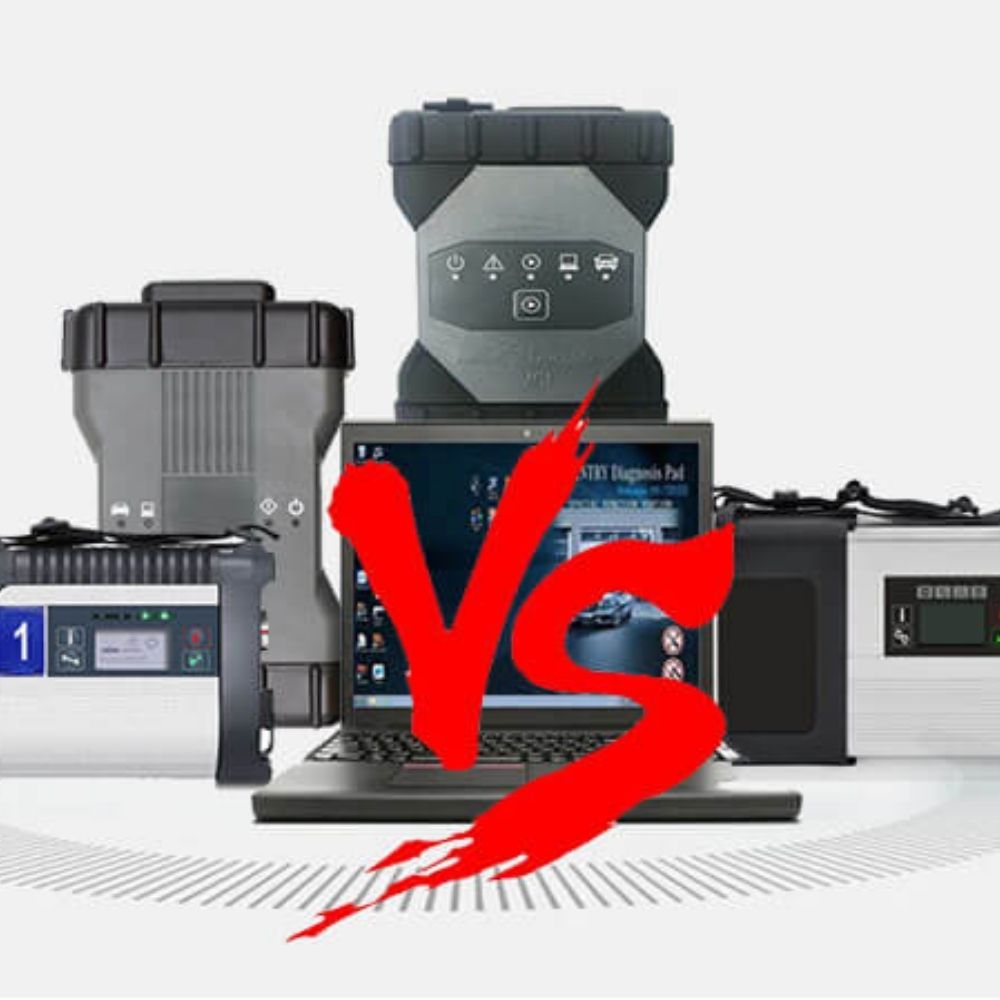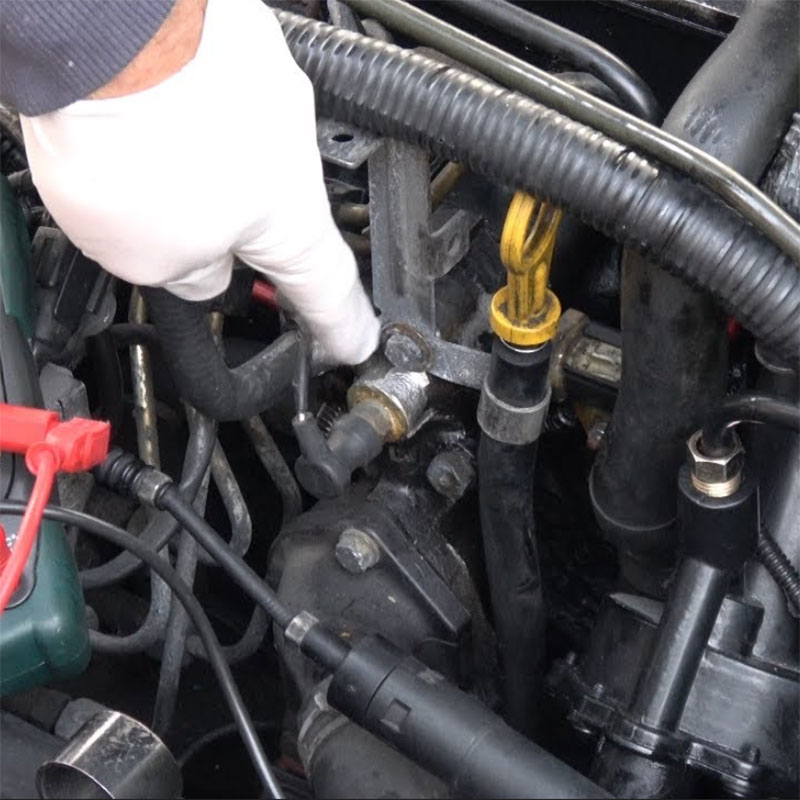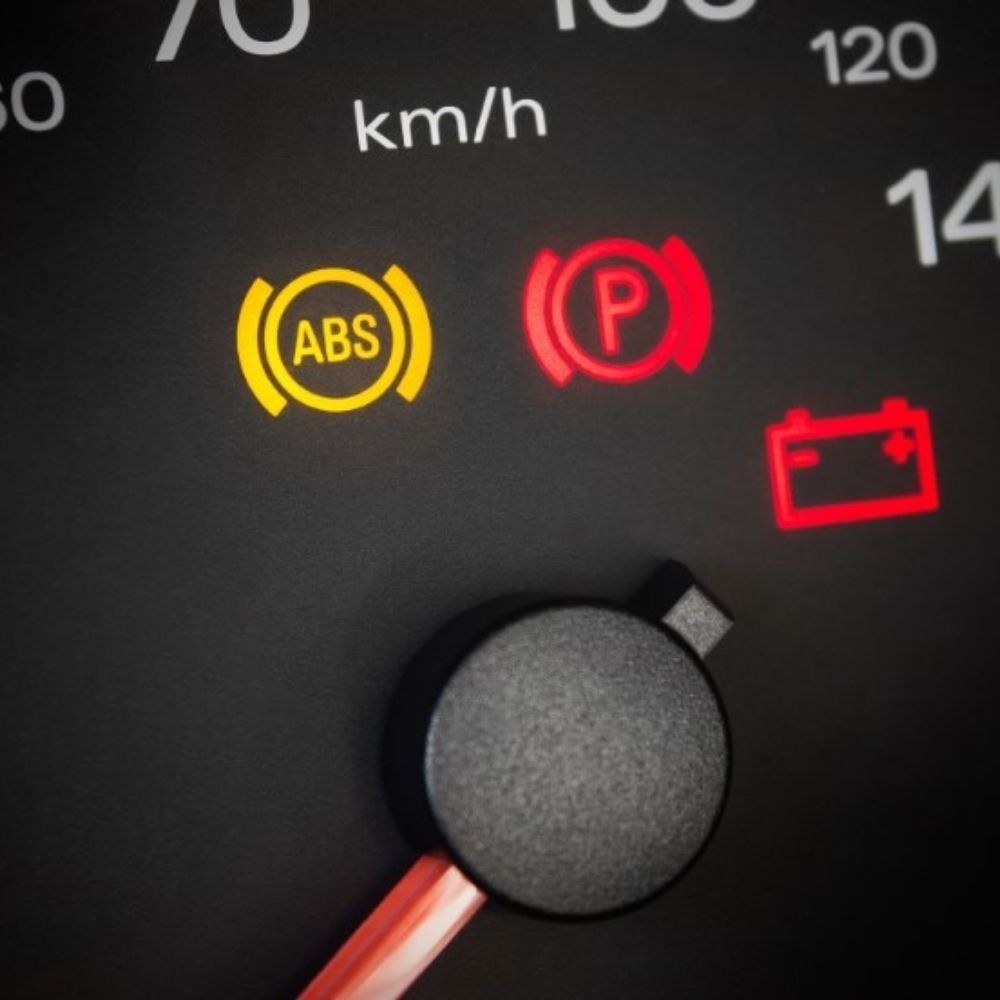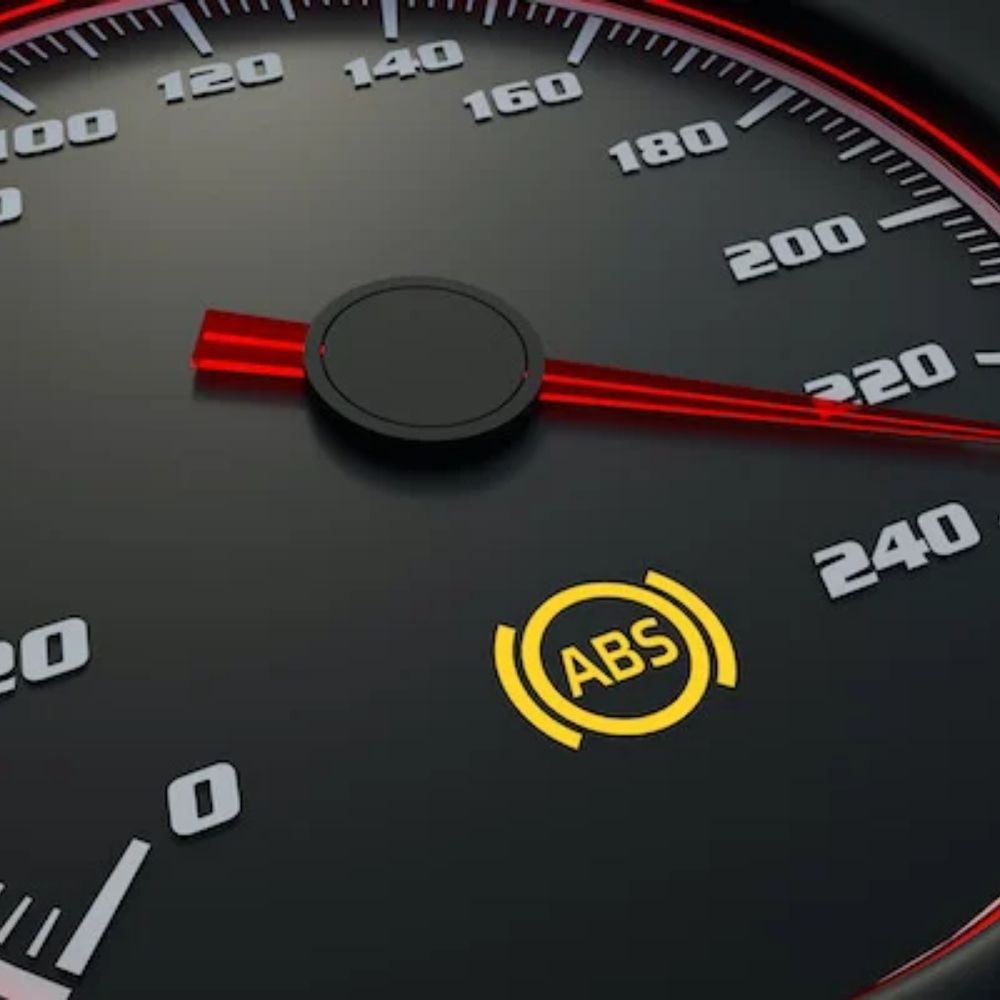

How to Find Engine Coolant Temperature Sensor Location
Contents
- Where Is The Engine Coolant Temperature Sensor Located?
- 1. Thermostat Housing Vicinity
- 2. Cylinder Head Integration
- 3. Engine Block Placement
- Engine Coolant Temperature Sensor Location in Vehicle-Specific Variations
- Japanese Manufacturers
- American Vehicles
- European Designs
- How to Identify an ECT Sensor
- Component Appearance
- Wiring Configuration
- Multiple Sensor Configurations
- Primary and Secondary Sensors
- Specialized Functions
- Conclusion
- Need Help?
Knowing your Engine Coolant Temperature Sensor Location is crucial for proper engine performance and preventing overheating. This article provides a comprehensive guide to understanding its function, common locations, and troubleshooting tips.
Where Is The Engine Coolant Temperature Sensor Located?
1. Thermostat Housing Vicinity
The most common location for the ECT sensor is near the thermostat housing, positioned to monitor coolant temperatures as it exits the engine. This allows the sensor to detect temperature changes quickly before coolant enters the radiator. The thermostat housing is typically found at the top of the engine, where the upper radiator hose connects to the engine block.
2. Cylinder Head Integration
Another prevalent location is directly in the cylinder head, where the sensor is immersed in the engine’s water jacket. This placement provides accurate temperature readings from critical areas in the engine, particularly useful in overhead cam engines where cooling passages are built into the head.
3. Engine Block Placement
Some vehicles mount the ECT sensor directly in the engine block to monitor stable temperature readings. This position is particularly valuable for cold-start calculations and overall engine heat management. It is usually found in a coolant passage to ensure precise temperature monitoring.
Engine Coolant Temperature Sensor Location in Vehicle-Specific Variations
Japanese Manufacturers
- Honda (e.g., K20 engines): The ECT sensor is typically threaded into the cylinder head, near the VTEC solenoid or timing chain cover.
- Toyota/Lexus: Often features a dual-sensor system, with one sensor near the thermostat housing and another placed elsewhere in the cooling system.
American Vehicles
- General Motors (GM): Frequently mounts the ECT sensor in the intake manifold, especially on V-configuration engines.
- Ford: Commonly integrates the sensor into the thermostat housing assembly or in a cylinder head port.
European Designs
- Renault: Uses positive temperature coefficient (PTC) sensors, usually placed in coolant passages within the cylinder head.
- BMW/Mercedes-Benz: Frequently position their ECT sensors near the rear of the cylinder head, where coolant exits toward the thermostat housing.
How to Identify an ECT Sensor
Component Appearance
The ECT sensor is typically a small cylindrical component with a threaded body made of brass, aluminum, or plastic. It features electrical connectors that attach to the engine wiring harness. Most modern sensors have a two-wire connection, though some may have additional wires for specific functions.
Wiring Configuration
- Two-wire sensors: Common in most vehicles, with a reference voltage (5V) and a signal return wire.
- Multi-wire sensors: Found in advanced systems where separate circuits control dashboard gauges and engine management.
Multiple Sensor Configurations
Primary and Secondary Sensors
Many modern vehicles have multiple temperature sensors throughout the cooling system:
- Primary ECT sensor: Located near the thermostat housing or cylinder head for ECU data.
- Secondary sensors: Found in the radiator or heater core to provide additional monitoring and redundancy.
Specialized Functions
- Some sensors control cooling fans, ensuring they activate when necessary.
- Others monitor transmission fluid coolers, EGR coolers, or turbocharger cooling circuits.
Conclusion
Understanding the engine coolant temperature sensor location is vital for maintaining your vehicle’s cooling system. By familiarizing yourself with this critical component, you can ensure your engine runs efficiently and avoid potential problems. Regularly checking and maintaining your cooling system, including the ECT sensor, can save you time, money, and frustration in the long run.
Need Help?
For any assistance, please contact AutoExplain via WhatsApp: +1(936)2896695, email [email protected] or visit us at 4590 Angus Road, New York, United States. We have a 24/7 customer support team.
=> Related topic:


Vediamo vs Xentry: What’s the Difference?

Why Did My ABS Light Come On? Four Reasons Update Latest

ABS Auto Brake Service – Anti-Lock Brake Service Cost





